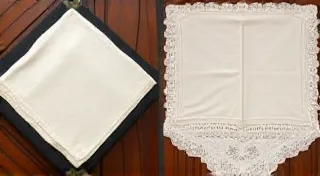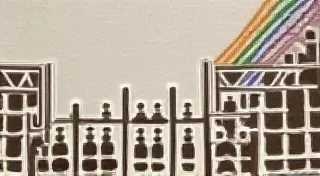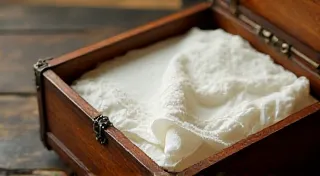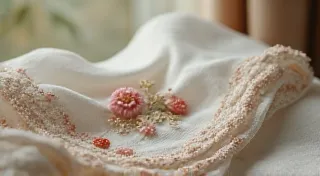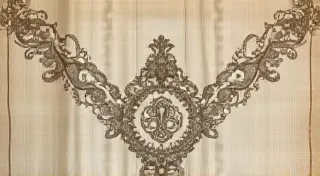The Whispers of Threads: Unraveling Personal Narratives in Antique Linen
Hold a piece of antique linen in your hand, and you're holding more than just a square of fabric. You're grasping a fragment of time, a whisper of a life lived long ago. These aren't just handkerchiefs; they are palimpsests – surfaces bearing traces of previous inscriptions, layered with history and personal narrative. They speak volumes, if only we learn to listen to the language of thread, fabric, and needlework. For those of us drawn to these delicate relics, the pursuit of identification is far more than a taxonomic exercise; it’s an act of empathetic archaeology, a chance to connect with the human experience across generations. They represent a connection to the past, often carrying subtle, beautiful stories—stories that are often more captivating than grand historical accounts. Understanding these small narratives, these ephemeral echoes of those who came before, allows for a deeper appreciation of the past.
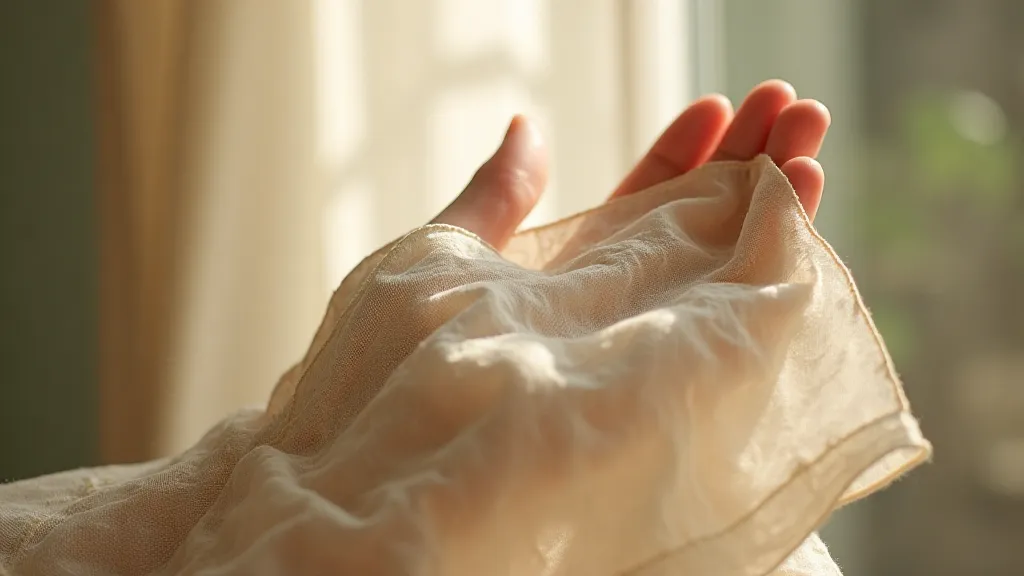
The Fabric of Time: Identifying Textiles
The journey to identifying antique handkerchiefs often begins with the fabric itself. Linen, cotton, and silk were the dominant choices, each signifying different social strata and reflecting evolving textile technologies. Linen, derived from the flax plant, was a staple for centuries, prized for its strength and absorbency. Early linen was coarser, while later periods saw improvements in weaving and finishing that produced a softer, more luxurious feel. Think of the rigid linen of a farmer's wife compared to the finely woven piece tucked within a young lady’s reticule in the Victorian era. The stories interwoven in these fabrics are often subtle, revealed only through careful observation and informed deduction.
Cotton’s rise coincided with the Industrial Revolution, initially imported but eventually produced domestically in ever-increasing quantities. While often less expensive than linen, well-finished cotton could still be quite elegant. Silk, naturally, represented the pinnacle of luxury – a testament to wealth and refinement. Sometimes, a handkerchief might be a blend – linen and cotton for durability, or silk blended with other fibers to add softness and drape. Examining the weave – plain, twill, satin – can offer clues about its origin and era. The presence of certain finishes, such as calendering (a process that imparts a smooth, glossy surface), is also indicative of specific time periods and production methods. A slight shimmer on a plain linen might betray a finishing process perfected in a particular mill.
Identifying the textile isn’t just about knowing *what* it is, but also understanding *how* it was made. Hand-woven fabrics exhibit irregularities and a unique texture that is difficult to replicate in modern machinery. The “slubs” or thicker areas in handwoven linen, often considered flaws, are actually hallmarks of authenticity and the human touch. Modern reproductions attempt to mimic these characteristics, but true discernment comes from experience – handling numerous authentic examples and developing an intuitive sense for their unique qualities. Many collectors find the beauty of these imperfections quite compelling—they offer a direct link to the artisan's hand and the process of creation. To help navigate the complexities of determining authenticity, particularly as reproductions become more sophisticated, consider reading about Spotting Fakes: How to Authenticate Antique Handkerchiefs.
The Art of Needle: Deciphering Embroidery
Beyond the fabric, the embroidery is where the personal narrative truly unfolds. The motifs, stitches, and overall style of the needlework reveal much about the hand that created it, the social context in which it was made, and the owner’s tastes. Early handkerchiefs were often embroidered with simple geometric patterns, floral designs, or monograms. As embroidery techniques evolved, so did the complexity and artistry of the designs.
The types of stitches used—counted thread, satin stitch, chain stitch, French knots—offer clues to the skill level and regional traditions. “Whitework” embroidery, using white thread on white linen, was particularly popular during the 18th and 19th centuries, creating delicate and intricate designs. The presence of a monogram – initials or a name – offers a direct link to a specific individual, and can sometimes be matched with family records or genealogical research. Consider the story hidden within a small, exquisitely embroidered initial: a young woman practicing her needlework, dreaming of marriage and a future home. The intricacies of the stitches themselves can speak volumes, and sometimes even hint at a lost tradition. Those interested in a deeper understanding of the language of needlework and the messages conveyed through design might find valuable insights into The Bloom of Silence: Hand Embroidery as a Language of the Lost. Further exploration into handkerchiefs from the Victorian era can be found by delving into Victorian Era Handkerchiefs: A Focus on Floral Motifs.
Motifs hold symbolic meaning. Roses might represent love and beauty; forget-me-nots, remembrance; lilies, purity. The presence of patriotic symbols—American flags, eagles—indicates a connection to a particular historical event or a sense of national pride. A simple sprig of lavender, painstakingly stitched, might recall a beloved garden or a cherished memory. The careful study of these details transforms the identification process from a mechanical exercise into an act of storytelling. The Victorian era, in particular, saw a surge in the use of floral motifs, each with specific connotations. For a more focused look at handkerchiefs from this period, explore Victorian Era Handkerchiefs: A Focus on Floral Motifs.
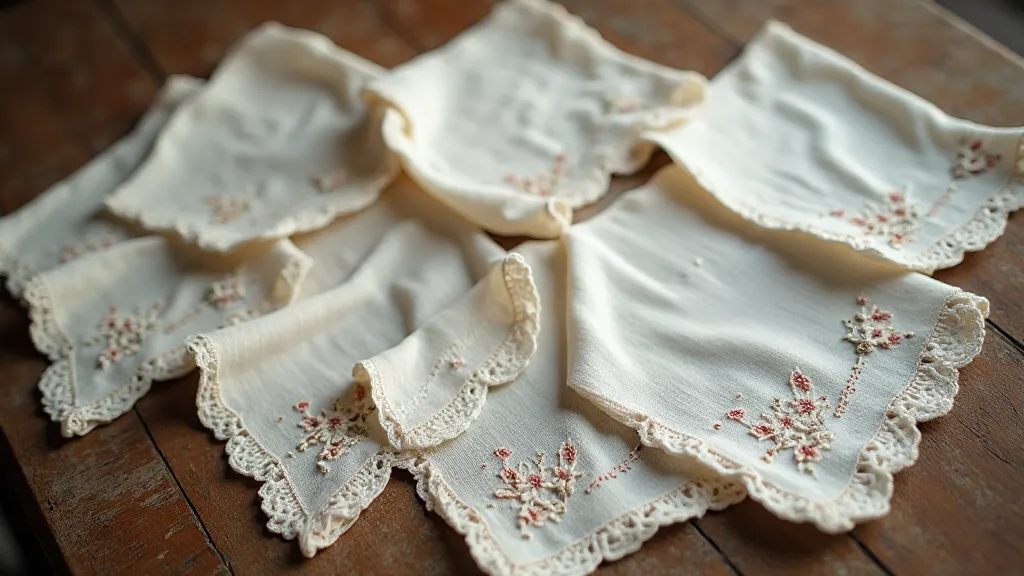
Social Threads: Context and Provenance
To truly understand an antique handkerchief, it's crucial to consider its social and historical context. Handkerchiefs weren’t simply utilitarian objects; they were symbols of status, sentiment, and silent communication. A beautifully embroidered handkerchief signified wealth and refinement, while a plain, well-made piece reflected practicality and frugality. During the Victorian era, handkerchiefs were often exchanged as tokens of affection or given as wedding gifts.
Provenance—the documented history of ownership—is an invaluable asset in identifying and appreciating antique handkerchiefs. A handkerchief found tucked away in a family trunk, accompanied by old photographs or letters, offers a unique window into the lives of its previous owners. Even a small detail—a faded inscription, a subtle stain—can provide clues about its story. The stories these objects hold are fragile, often obscured by time and circumstance. Understanding the value of preservation and recognizing how easily these ephemeral echoes can be lost is paramount to maintaining a connection to the past. The delicate nature of these keepsakes underscores the importance of mindful handling and storage.
The condition of the handkerchief itself can also tell a story. A well-preserved piece suggests it was treasured and carefully stored, while a stained or worn handkerchief might reveal details about the events it witnessed—a child’s tears, a moment of celebration, a quiet sorrow. These marks are not flaws, but rather testaments to a life lived, a story unfolded.
Collecting and Preservation
For the discerning collector, identifying antique handkerchiefs is more than just acquiring beautiful objects; it's about preserving fragments of history and honoring the human stories they embody. Careful handling and proper storage are essential to ensure their longevity. Store handkerchiefs flat, away from direct sunlight and humidity. Archival-quality tissue paper is ideal for wrapping delicate pieces.
Restoration should be approached with caution and a deep respect for the handkerchief’s original character. Professional conservation is recommended for significant repairs. However, a few simple steps can be taken to gently clean and stabilize a handkerchief without compromising its integrity—a gentle handwashing with a mild detergent, followed by careful ironing on a low setting.
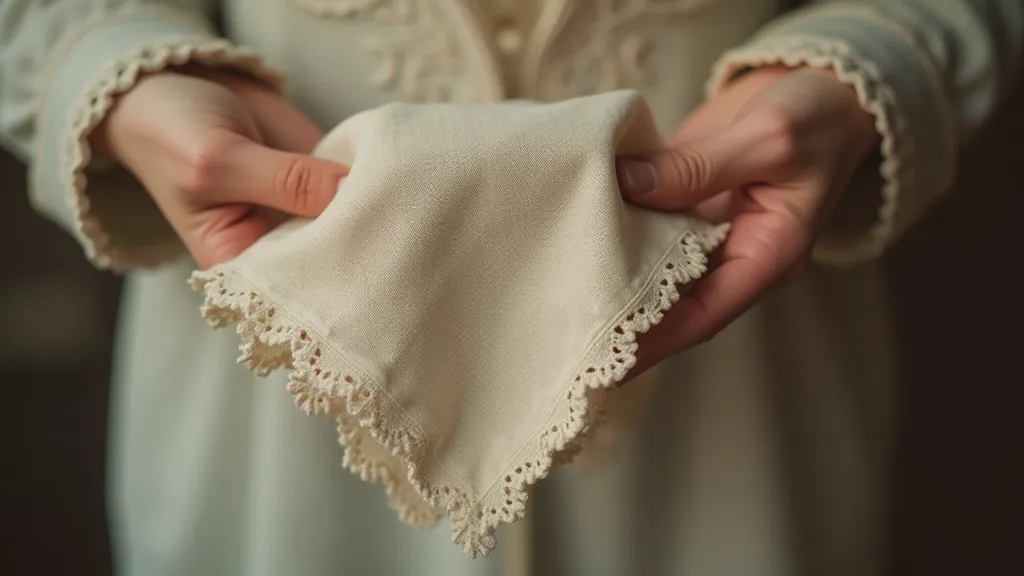
Ultimately, identifying antique handkerchiefs is a journey of discovery—a chance to connect with the past and appreciate the artistry and sentiment woven into these delicate relics. Each handkerchief holds a whisper of a story waiting to be uncovered, a testament to the enduring power of human creativity and connection. Recognizing the passage of time and the inevitable decay of these precious relics underscores the importance of cherishing each moment of discovery and contributing to their preservation. The fleeting nature of memory itself is reflected in these fragile textiles, reminding us to pause, appreciate, and remember the generations that came before. The beauty lies not only in the tangible object but in the intangible echoes of lives lived, stories untold, and connections forged—a poignant reflection of the fragility and preciousness of human existence. Understanding the inherent value of these fragments of history inspires a profound respect for the enduring power of human creativity and the poignant beauty of a life lived.

